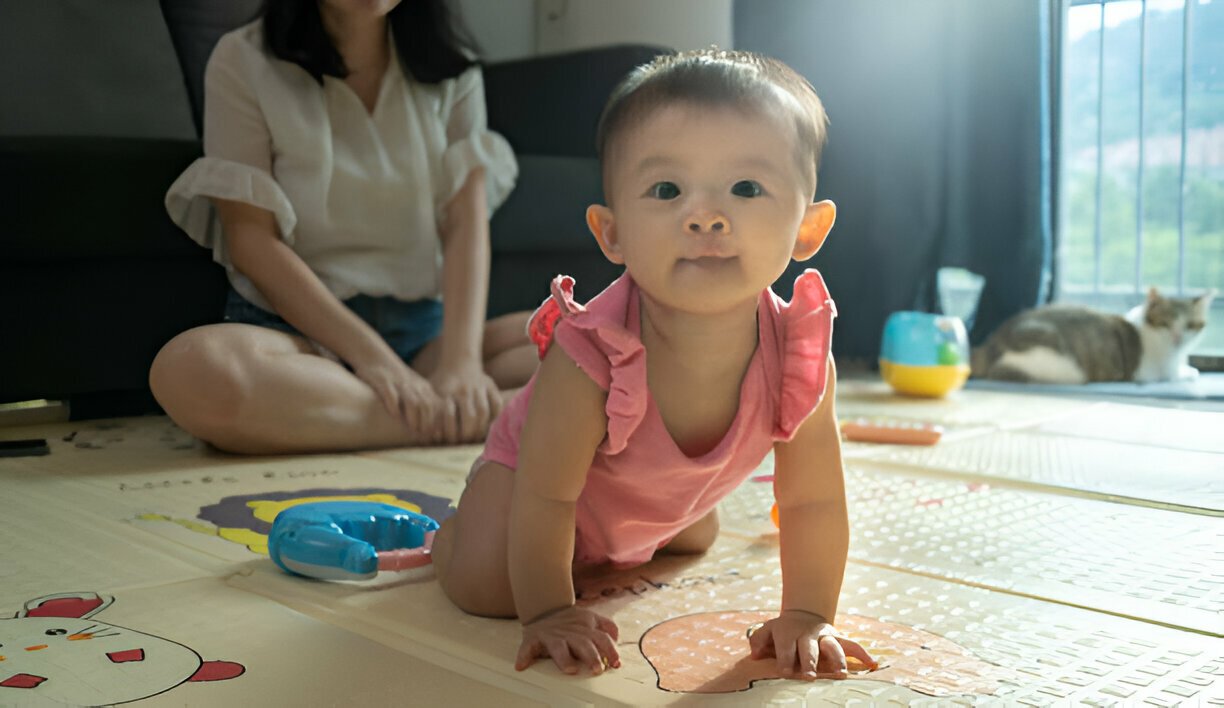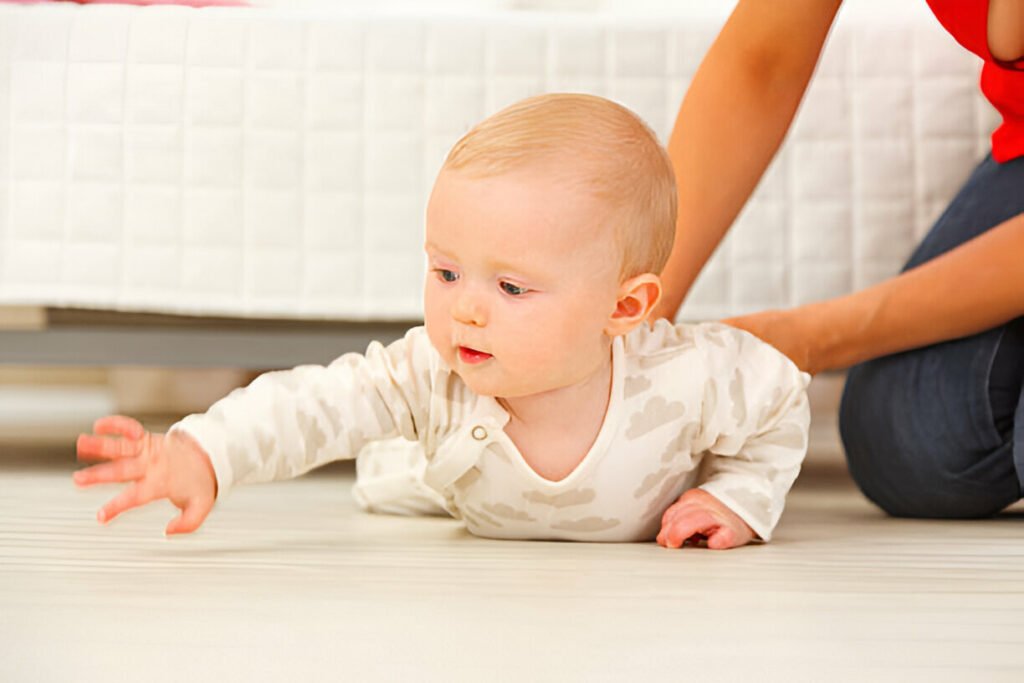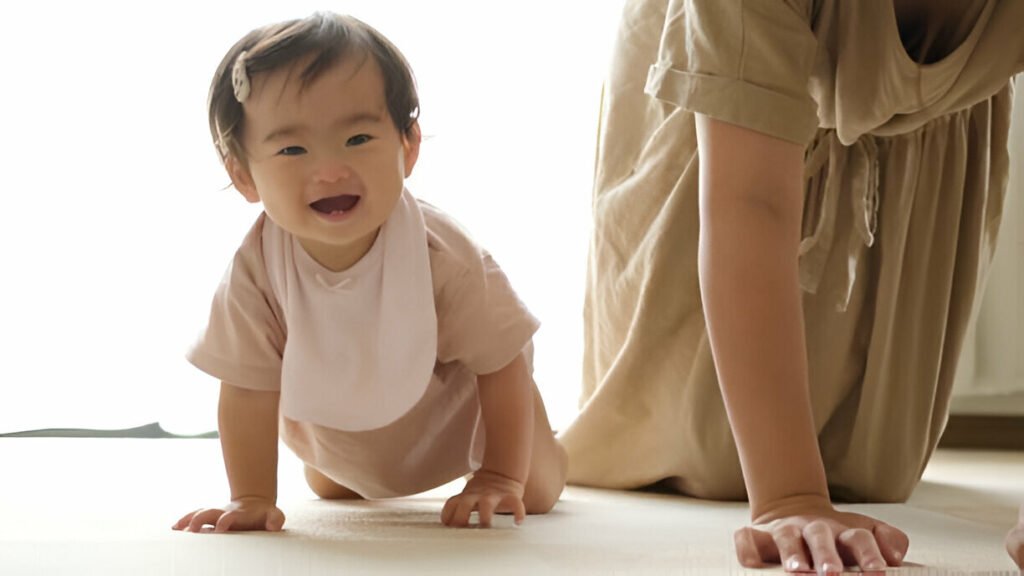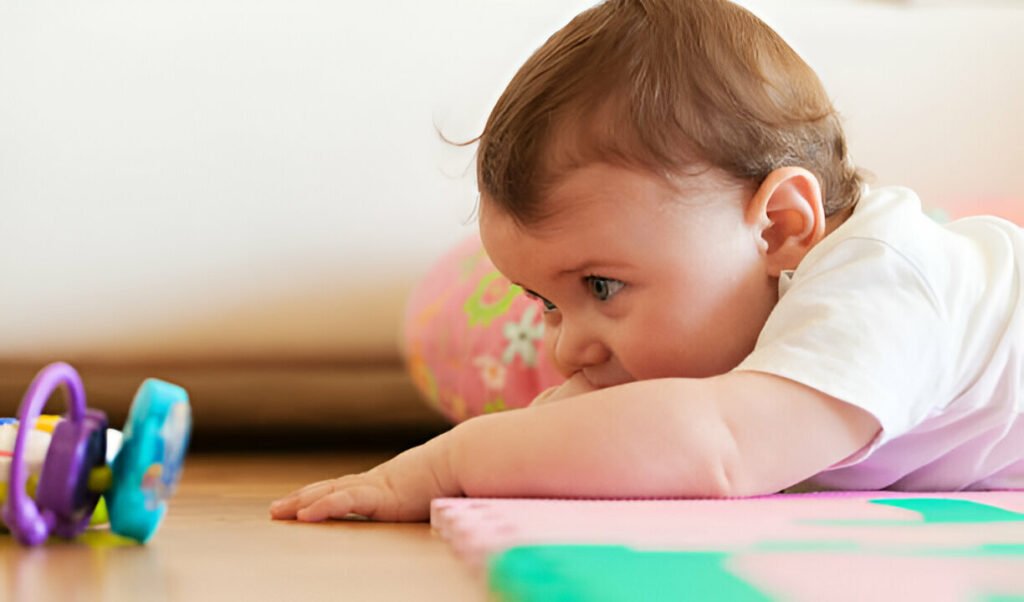Help Your Baby Learn to Crawl with These Expert Tips

Watching your baby reach their first major mobility milestone is thrilling. One day they’re content lying on their back, and the next, they’re scooting across the floor with determination. Crawling opens up a whole new world of exploration for babies and marks an important step in their physical development.
Most babies begin crawling between 6 and 10 months of age, though some may start earlier or later. This milestone strengthens their muscles, improves coordination, and enhances cognitive development. If you’re eager to help your little one reach this exciting phase, there are several safe and effective ways to encourage crawling.
When Do Babies Start to Crawl?
The typical age range for crawling falls between 6 and 10 months. However, every baby develops at their own pace, and some may skip traditional crawling altogether. These babies might go directly from sitting to pulling themselves up and walking.
Before crawling begins, babies usually master rolling over, which typically happens around 3 to 5 months. Rolling helps babies develop the core strength and coordination needed for more advanced movements.
It’s worth noting that some babies never crawl in the traditional sense. They might army crawl, scoot on their bottom, or use other creative methods to get around. All of these movement patterns are completely normal and beneficial for development.
Preparing for Crawling
The Power of Tummy Time
Tummy time forms the foundation for crawling success. When babies spend time on their stomachs while awake, they strengthen the muscles in their neck, back, arms, and shoulders. These are the same muscles they’ll rely on when they start crawling.
Start tummy time from day one, beginning with short 3-5 minute sessions three or four times daily for newborns. As babies grow, gradually increase the duration:
- 3-month-olds: 15-20 minutes at a time
- 6-month-olds: 20-30 minutes at a time
Make tummy time enjoyable by getting on the floor with your baby, bringing colorful toys, or talking and singing to them. If your baby protests initially, try shorter sessions and gradually build up their tolerance.
Creating a Safe Environment
Before your baby becomes mobile, take time to baby-proof your home. Remove small objects that could pose choking hazards, secure electrical outlets, and lock cabinets and drawers. Keep floors clean and clear of obstacles to provide a safe space for exploration.
Consider the flooring where your baby will practice crawling. Smooth surfaces like hardwood floors can help babies move with less friction, making it easier for them to get started. Dress them in long-sleeved shirts and pants to protect their skin while allowing smooth movement.
Exercises and Activities to Encourage Crawling
Elevating Baby’s Hands
During tummy time, place a small pillow or rolled towel under your baby’s chest to elevate their hands slightly. This position helps them practice supporting their weight on their arms while strengthening the muscles needed for crawling.
You can also encourage them to place their hands on elevated surfaces like low furniture or sturdy toys while they’re sitting. Always supervise these activities to prevent falls.
Leg Strengthening Exercises

Help your baby build leg strength by gently lifting them under their arms or armpits. Support most of their body weight while allowing their feet to touch the ground. This exercise lets them practice the motions of walking while building the leg muscles they’ll need for crawling.
Using Mirrors and Toys for Motivation
Babies are naturally curious about their own reflection. Place a baby-safe mirror on the floor during tummy time to encourage them to lift their head and reach forward. This activity strengthens their neck and arm muscles while providing engaging visual stimulation.
Position favorite toys just out of reach during playtime. Place them close enough to maintain your baby’s interest but far enough away to encourage movement. As your baby stretches and reaches for these toys, they’ll naturally begin to develop the coordination needed for crawling.
Moving toys work particularly well for this purpose. A toy car or ball that rolls slightly away from your baby can provide the perfect incentive to start moving.
What to Avoid
Limiting Restrictive Devices
While equipment like strollers, high chairs, car seats, and walkers serve important purposes, excessive use can delay motor development. These devices support your baby’s weight, preventing them from using their own muscles to build strength.
Aim to provide plenty of floor time throughout the day. This allows your baby to practice the movements and muscle engagement necessary for crawling.
Encouraging Variety in Positions

Don’t limit your baby to just one position during playtime. Encourage them to spend time on their back, sides, and tummy. This variety helps develop balanced muscle strength and coordination on both sides of their body.
When to Be Concerned
If your baby isn’t showing signs of mobility by 7-8 months, it may be worth discussing with your pediatrician. While some babies develop at different rates, a lack of any movement attempts (rolling, scooting, or attempting to crawl) by this age warrants professional evaluation.
However, remember that some babies skip crawling entirely and go straight to walking. This is perfectly normal and doesn’t indicate any developmental problems.
Alternative Crawling Methods
Not all babies crawl in the traditional hands-and-knees fashion. Common variations include:
Army Crawl: Babies pull themselves forward using their arms while their belly stays on the floor. This often precedes traditional crawling.
Scooting: Some babies prefer to sit up and scoot forward on their bottom using their arms and legs for propulsion.
Rolling: Determined babies might roll repeatedly to reach their destination.
Crab Walk: Some babies move sideways or backward before mastering forward movement.
All of these methods provide valuable motor practice and are completely normal.
Practical Tips for Success
Get on the Floor

One of the most effective ways to encourage crawling is to demonstrate it yourself. Get down on your hands and knees and show your baby how to move forward. Many babies learn through imitation, and seeing you crawl might inspire them to try it themselves.
Make it fun by crawling alongside your baby during playtime. If you have older children, they can participate too, creating a playful family activity.
Daily Massage Benefits
Regular baby massage can support muscle development and body awareness. Use gentle, circular motions to massage your baby’s arms, legs, and back. This increases blood flow to the muscles and helps babies become more aware of their body’s position and movement.
Consider incorporating massage into your bedtime routine or after bath time. Use a natural baby oil to make the experience more enjoyable and beneficial for your baby’s skin.
Strategic Toy Placement

During tummy time, place toys just out of reach to encourage forward movement. Start with toys close enough to maintain interest, then gradually move them slightly farther away as your baby becomes more motivated to move.
Create play tunnels using blankets draped over chairs to encourage crawling through and toward you. This adds an element of fun while providing a clear goal for movement.
Using Moving Toys
Battery-operated toys that move slowly can be excellent motivators. Place a moving toy car or ball just out of reach and watch as your baby tries to follow it. The movement captures their attention and encourages them to move forward.
The Amazing Benefits of Crawling
Crawling provides numerous developmental benefits beyond simple mobility:
Physical Development: Crawling strengthens muscles throughout the body, improves balance, and develops coordination between the arms and legs.
Cognitive Benefits: The cross-lateral movement pattern of crawling (opposite arm and leg moving together) helps develop connections between the two sides of the brain, supporting future learning.
Spatial Awareness: As babies crawl, they develop a better understanding of their body in space and learn to navigate their environment.
Visual Skills: Crawling encourages babies to look up, down, and around, improving visual tracking and depth perception.
Foundation for Future Skills: The coordination and strength developed through crawling support later skills like walking, running, and even academic abilities like reading and writing.
Supporting Your Baby’s Journey
Remember that every baby develops at their own pace. Some may crawl early, others may take their time, and some may skip crawling altogether. Your role is to provide opportunities, encouragement, and a safe environment for exploration.
Stay patient and celebrate small victories along the way. If your baby becomes frustrated during practice sessions, take a break and try again later. Keep the experience positive and fun to maintain their interest in movement.
Most importantly, always supervise your baby during floor time and crawling practice. Once they become mobile, they’ll be able to reach new areas of your home, so staying close ensures their safety as they explore this exciting new skill.
With consistent practice, patience, and the right encouragement, your baby will be crawling across the room before you know it, opening up a world of new adventures and discoveries.






